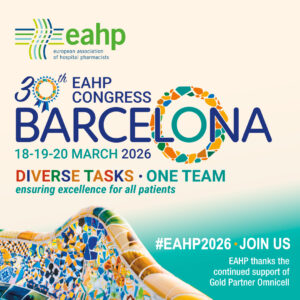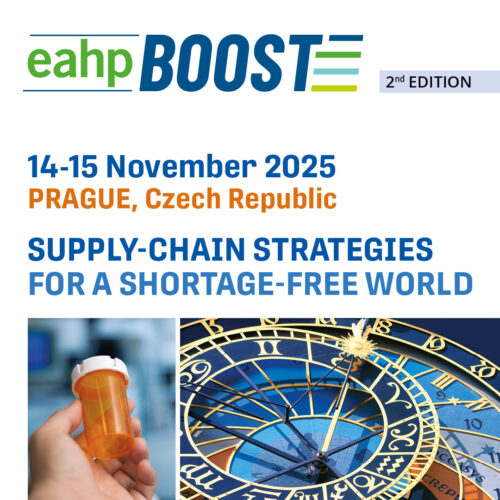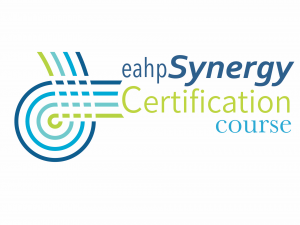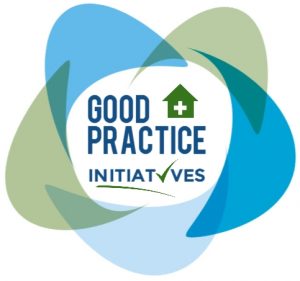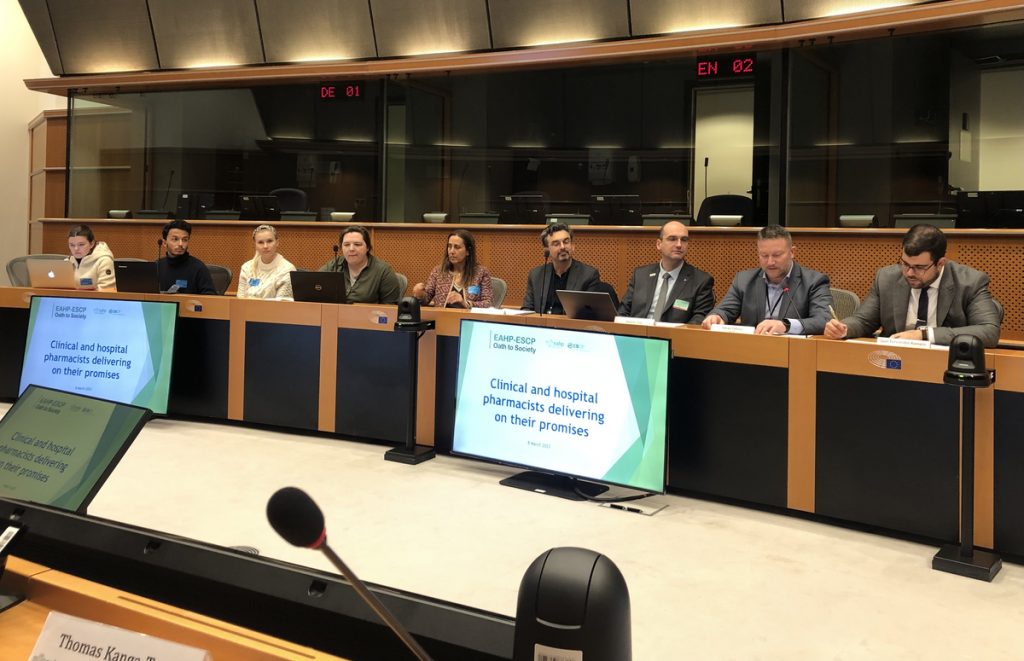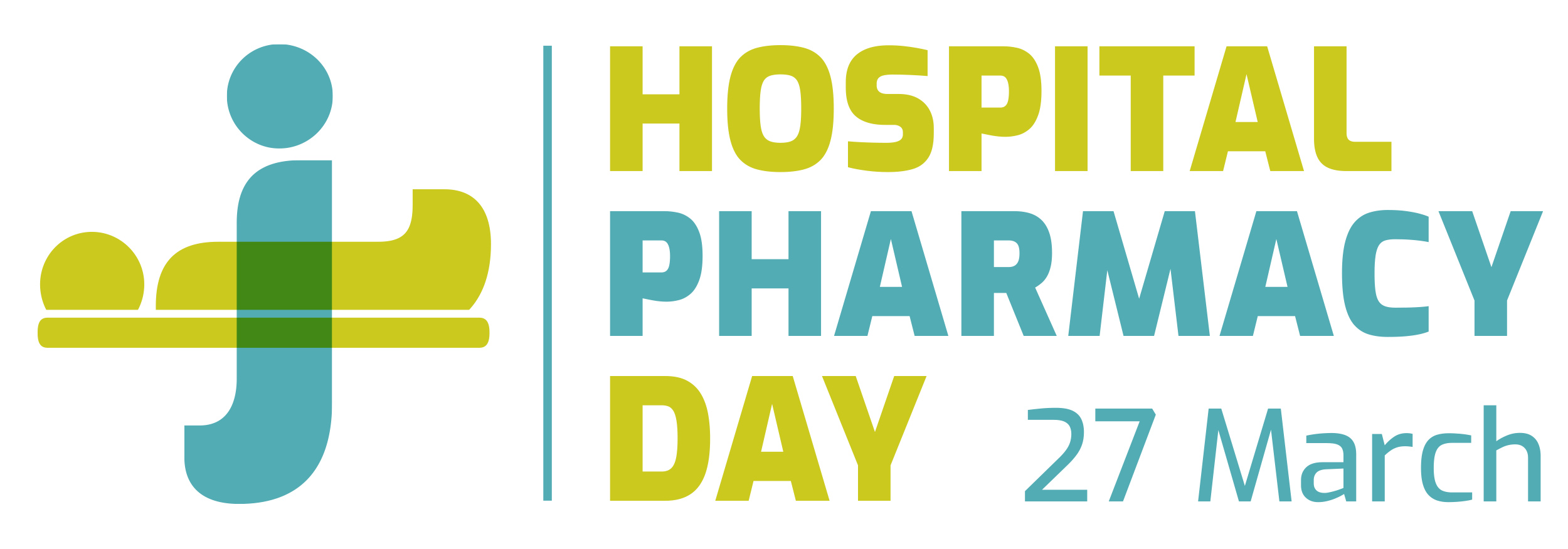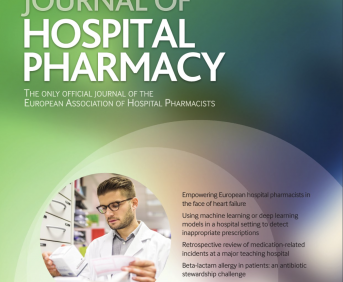A COLLABORATIVE APPROACH TO IMPLEMENT SHARED CARE AGREEMENTS FOR AMIODARONE THERAPY
Pdf

European Statement
Patient Safety and Quality Assurance
Author(s)
K. Joyce, D. Jukes, F. Stewart
Why was it done?
In 2023, the drug formularies across Northeast and North Cumbria integrated care system were merged, with amiodarone allocated an ‘amber’ shared care status.
NHS England guidance recommends that existing patients taking amiodarone in primary care should be reviewed to ensure prescribing remains safe and appropriate and that a shared care agreement is introduced.
The pharmacy team aimed to implement this guidance, with minimum impact on clinician workload. The approach was steered by NHS England’s comments, in June 2024, regarding the importance of teams working together to meet the pressures and demands of primary and secondary care under the direction of the integrated care board (ICB).
What was done?
County Durham and Darlington Foundation Trust (CDDFT) pharmacy team worked collaboratively across the primary-secondary care interface to implement shared care agreements.
How was it done?
The ICB medicines optimisation team worked with the CDDFT pharmacists to engage GPs and cardiologists across the interface, creating a work-plan to share resources.
An audit tool was designed to capture patients prescribed amiodarone in the 61 GP practices across County Durham, which was completed by pharmacy staff within primary care networks.
Cardiology pharmacists in secondary care reviewed the data, triaging patients according to: indication, monitoring requirements, those requiring consultant review and those who could potentially stop treatment.
What has been achieved?
The audit, returning data for 129 patients, identified 93 patients without shared care. For half of these, discontinuation was considered as the National Institute for Health and Care Excellence explicitly recommends against use in atrial fibrillation. For the remaining, shared care agreements have been implemented with minimal impact on clinician time, primary care capacity and secondary care referrals.
The audit found 21% of patients without a shared care agreement were not receiving the recommended monitoring, compared to 100% receiving correct monitoring when one was in place. It may be anticipated that implementation will improve patient safety and experience through detection and avoidance of adverse events.
What next?
This initiative demonstrates the ICB and pharmacy successfully bridging care settings to improve patient care and experience and overcome challenges.
Building on these established relationships across the interface this work provides a model for sustainable collaboration on future shared care work.
PROMOTING THE USE OF SAFER INJECTABLE MEDICINES USING A NOVEL METRIC
Pdf

European Statement
Patient Safety and Quality Assurance
Why was it done?
Despite the availability of RTU and RTA formulations of high-risk injectable medicines they were not always used. We developed the metric, to compare the use of RTU and RTA injectable medicines with the use of concentrates requiring further dilution or manipulation prior to administration e.g. dilution of morphine 10 mg/ml to 10 mg/10 ml prior to intravenous administration, e.g. withdrawal of 5 x 10 ml fentanyl 500 mcg/10 ml into a 50 ml syringe for continuous infusion, and identify areas for improvement.
What was done?
We have developed a series of metrics to measure compliance with national guidance for the safe use of injectable medicines. The guidance recommends use of ready-to-use (RTU) or ready-to-administer (RTA) injectable products, where these are available, to reduce the risk of patient harm from errors in the preparation of injections and infusions on hospital wards.
How was it done?
The metric utilises pharmacy-issue data to compare the number of units of RTU or RTA formulations issued to wards and clinical areas with the numbers of units of alternative products of the same drug entity. Expressed as a percentage the metric informs the organisation of the extent to which safer injectable medicines are being used, providing a baseline against which to review practice and reinforce the need to use alternative, safer formulations. A high percentage indicates good compliance.
What has been achieved?
The metrics have been used to successfully maximise the use of a range of safer formulations including RTA potassium chloride, RTU fentanyl 2500 mcg/50 ml vials for critical care infusion, 100 mg/10 ml paracetamol in neonatal units and RTU magnesium sulphate 20% (50 ml vials) for obstetric emergencies. Since the introduction of the metrics in 2016 a monthly scorecard of performance is reviewed by the Hospital Medication Safety Committee to identify and account for deviations.
What next?
The metrics are being shared with other organisations to benchmark performance. Ideas to promote implementation and business cases can be shared between organisations who may find implementing RTA and RTU injectable medicines challenging, especially where these are more expensive than formulations in established use.





